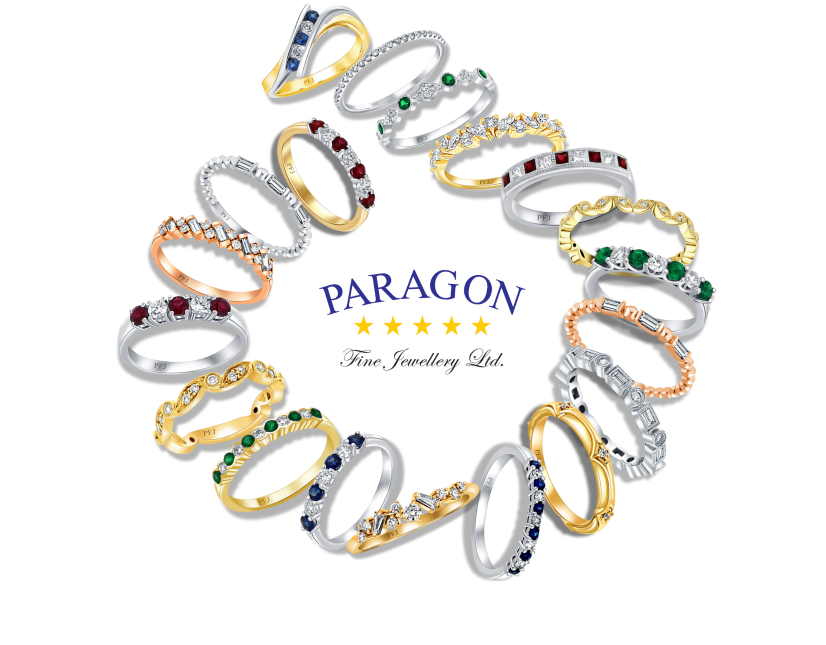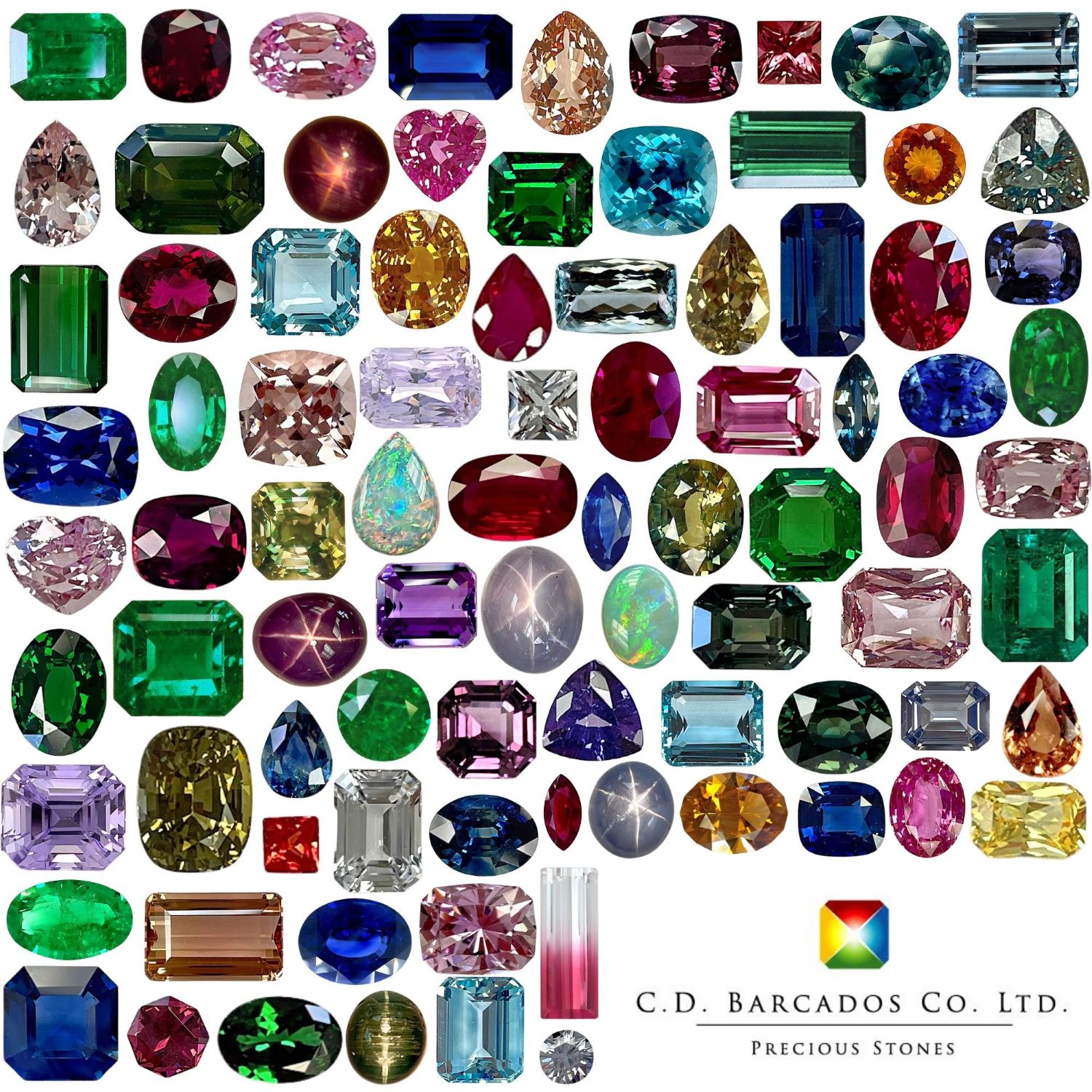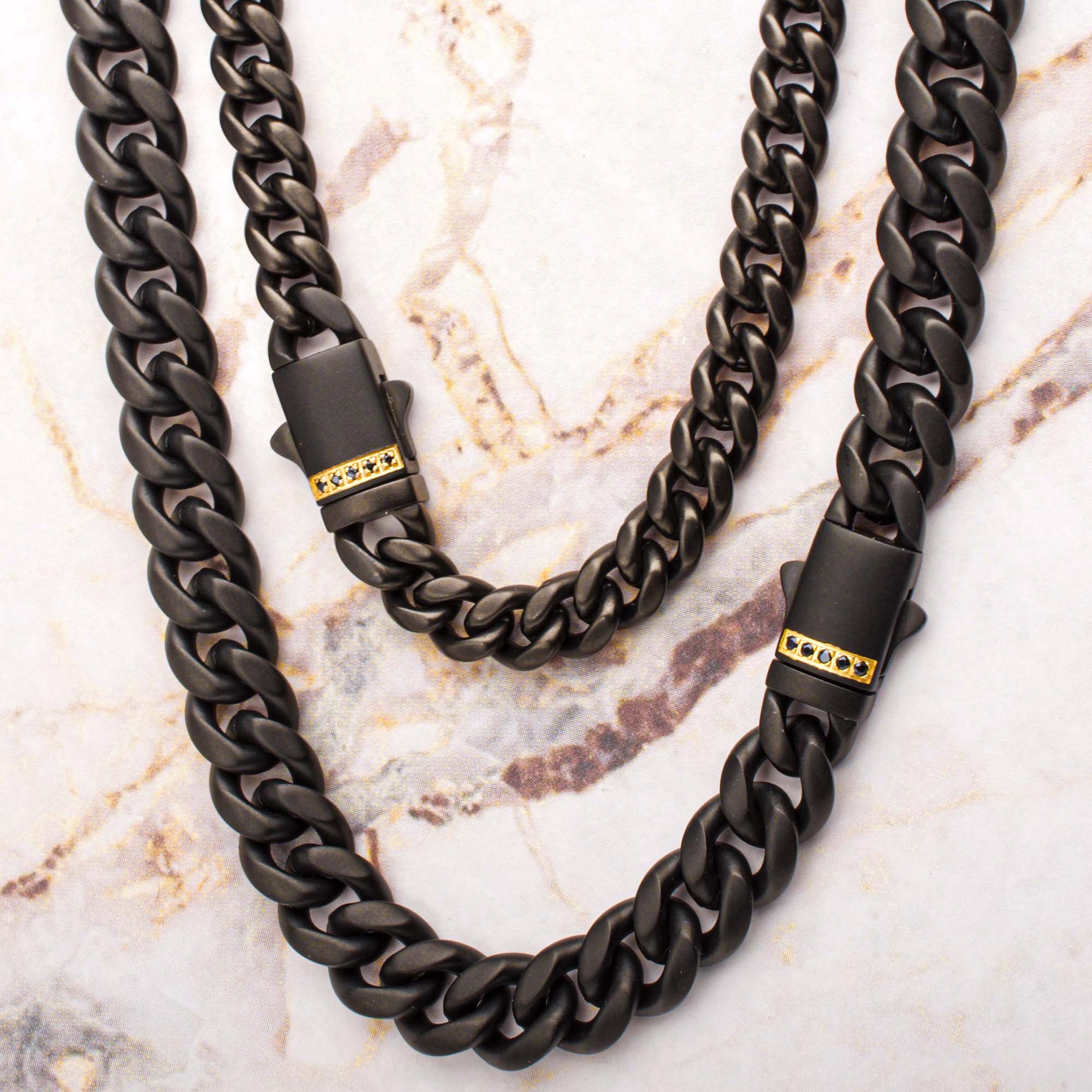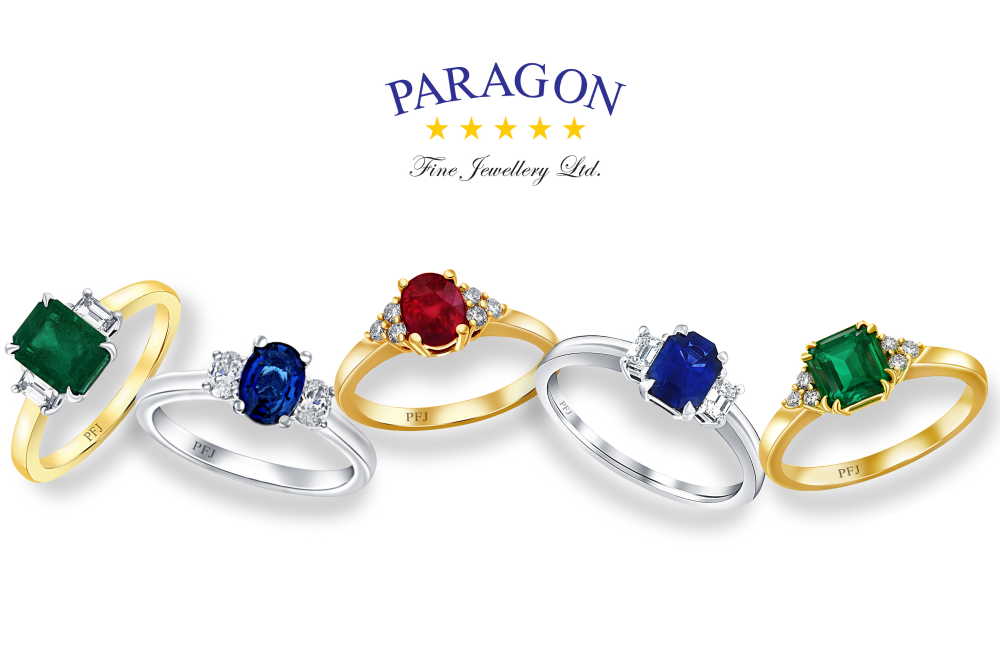Totally turquoise: A refresher on this semi-precious stone
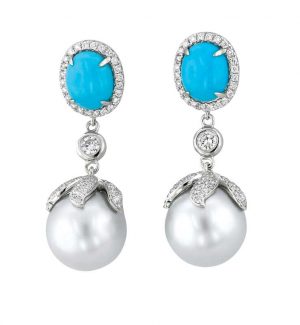
Many natural minerals can be dyed to imitate more expensive and well-known turquoise. Some of the more prevalent ones are discussed here. Howlite, magnesite, and dolomite are all distinct minerals in their own right that are generally white in colour and opaque. Both howlite and magnesite can exhibit a black matrix resembling that found in turquoise; when dyed, they make convincing simulants. By inspecting the stone closely, the surface dye is often revealed by small nicks and chips that may be apparent on the cabochon’s girdle. Variscite is hydrated aluminum phosphate that is very similar in appearance to turquoise. Now considered rare and expensive, this stone is sometimes marketed under the term ‘variquoise.’ Chrysocolla is a copper silicate very similar to turquoise in colour, but is much more translucent. It also has become expensive to use as a turquoise simulant; it is currently marketed as chrysocolla and used in both fashion and fine jewellery.
Other natural minerals such as malachite, azurite, Eilat stone (i.e. a mixture of malachite and chrysocolla) and lapis lazuli have been confused in the past, but generally are not used these days as a turquoise simulant. Glass and plastic can also be made to resemble turquoise, but can be easily separated by specific gravity, fracture surface (i.e. conchoidal as opposed to granular), and the possible presence of bubbles.
Jewellers should always be mindful when they purchase turquoise due to possible modifications of the material. Although often treated or imitated, natural turquoise has once again proved itself to be a fashion darling and can also be rewarding for the retail jeweller’s bottom line.
 Jo Ellen Cole has been involved in the jewellery industry since 1978 and currently offers independent gem and jewellery appraisals, as well as consultation, in Los Angeles, Calif. She has a graduate gemmologist diploma from Gemological Institute of America (GIA) and completed her studies at the prestigious Gemmological Association of Great Britain’s F.G.A. After working several years in both retail and wholesale venues, Cole returned to her love of laboratory work when she accepted a job at a jewellery appraisal laboratory, which led to a management position at Guild Laboratories in Los Angeles. In 2014, she accepted a position with Heritage Auctions as a jewellery specialist and cataloguer. Cole can be reached at cupajo819@att.net.
Jo Ellen Cole has been involved in the jewellery industry since 1978 and currently offers independent gem and jewellery appraisals, as well as consultation, in Los Angeles, Calif. She has a graduate gemmologist diploma from Gemological Institute of America (GIA) and completed her studies at the prestigious Gemmological Association of Great Britain’s F.G.A. After working several years in both retail and wholesale venues, Cole returned to her love of laboratory work when she accepted a job at a jewellery appraisal laboratory, which led to a management position at Guild Laboratories in Los Angeles. In 2014, she accepted a position with Heritage Auctions as a jewellery specialist and cataloguer. Cole can be reached at cupajo819@att.net.

